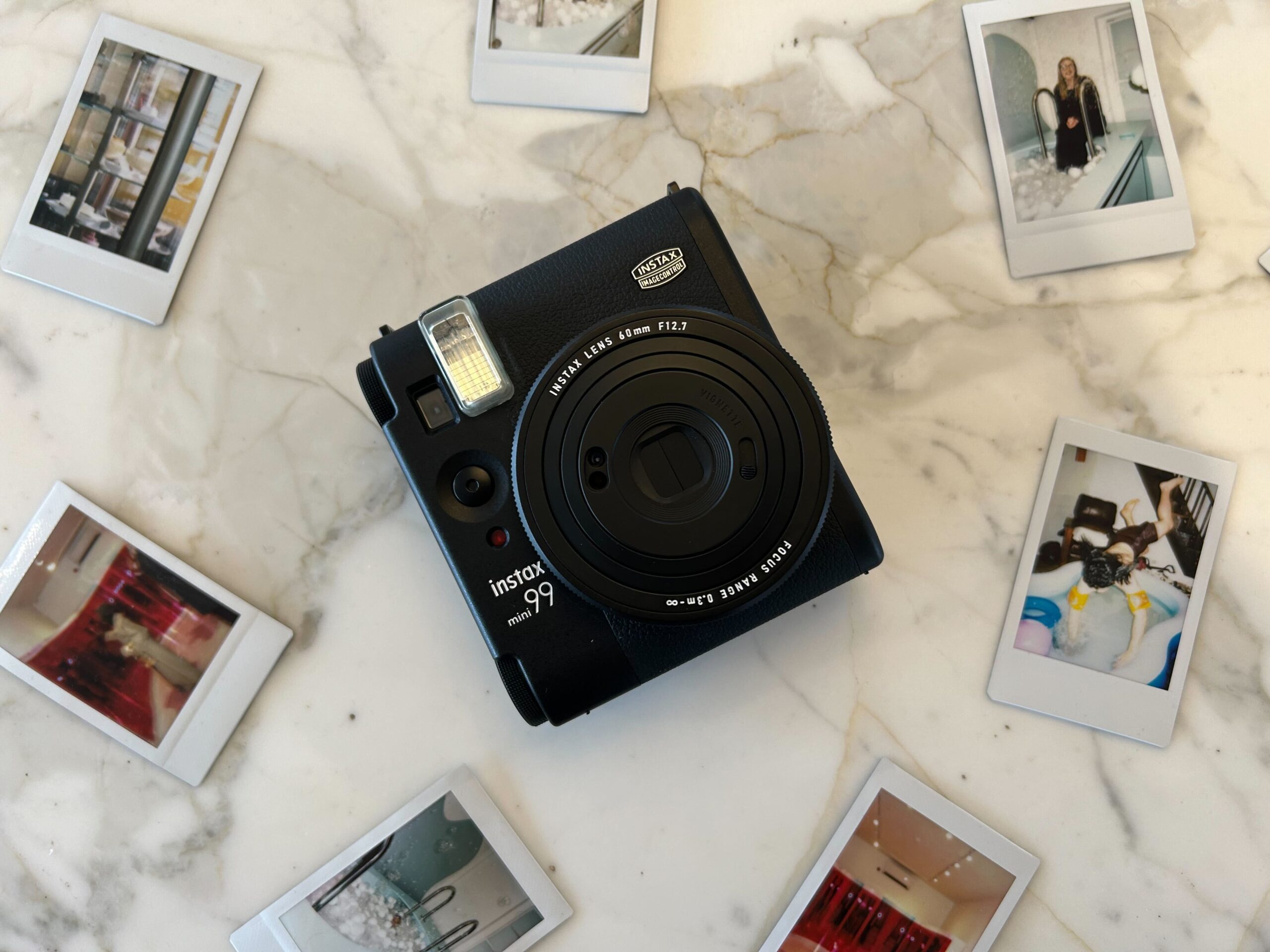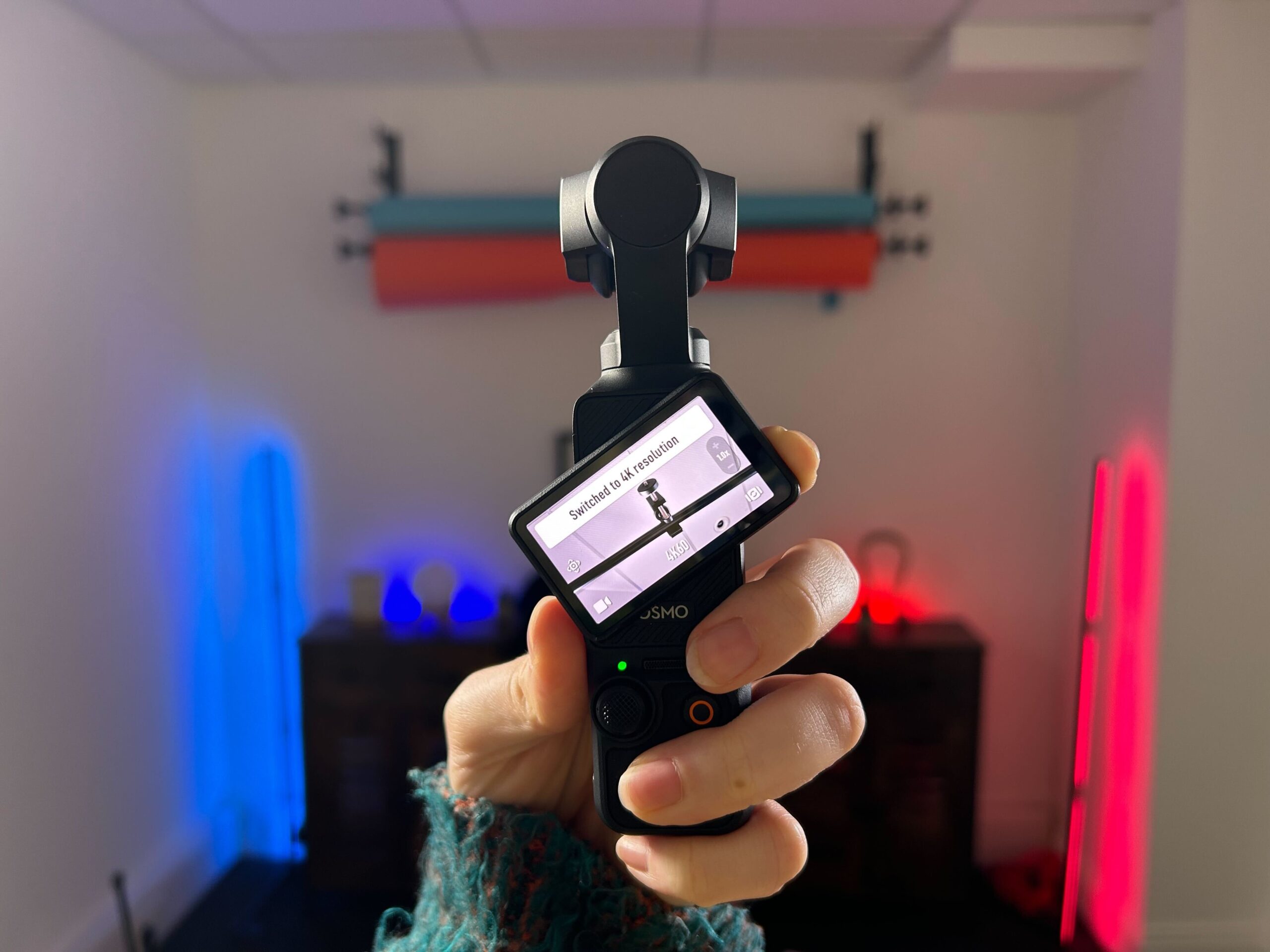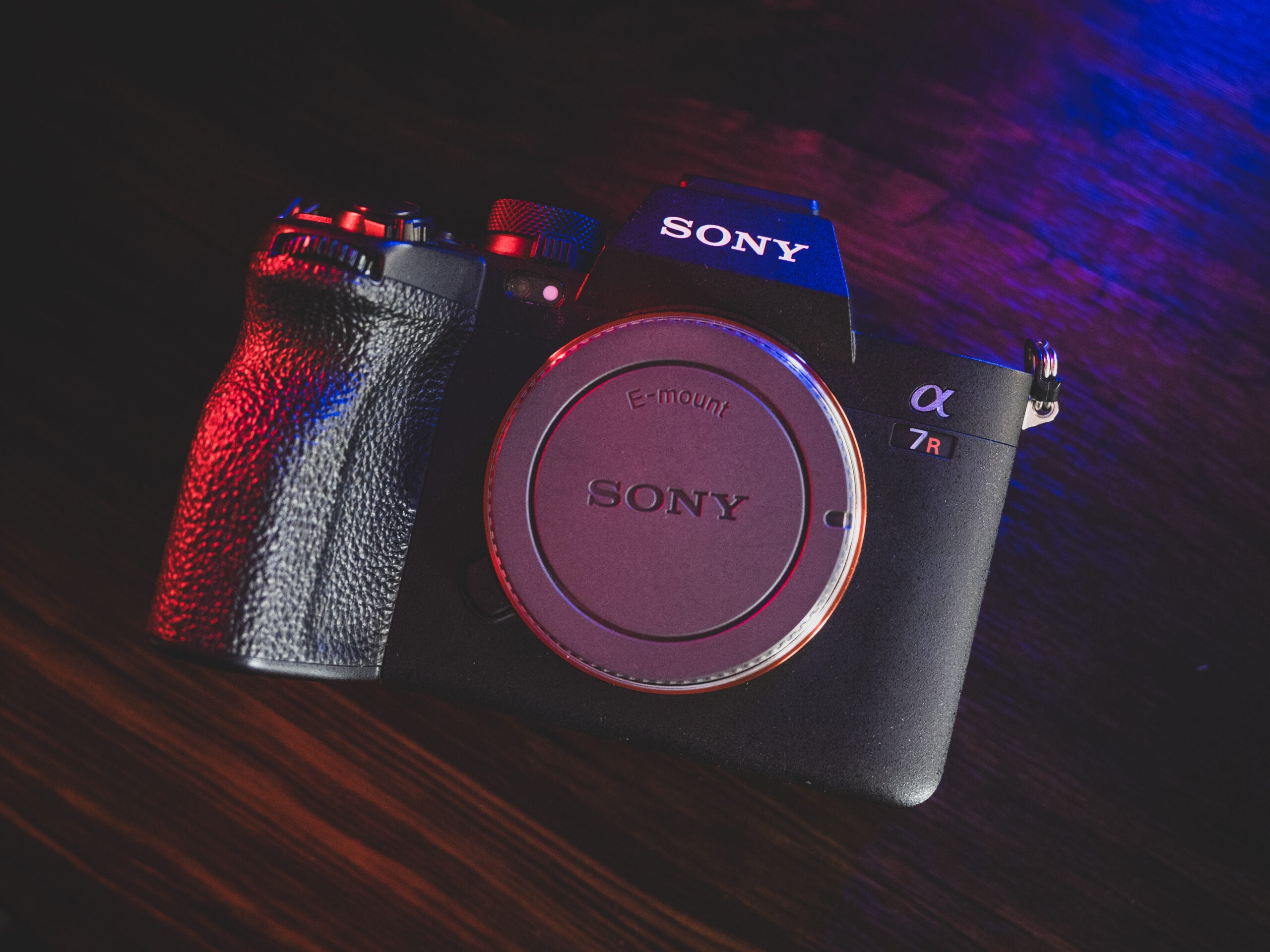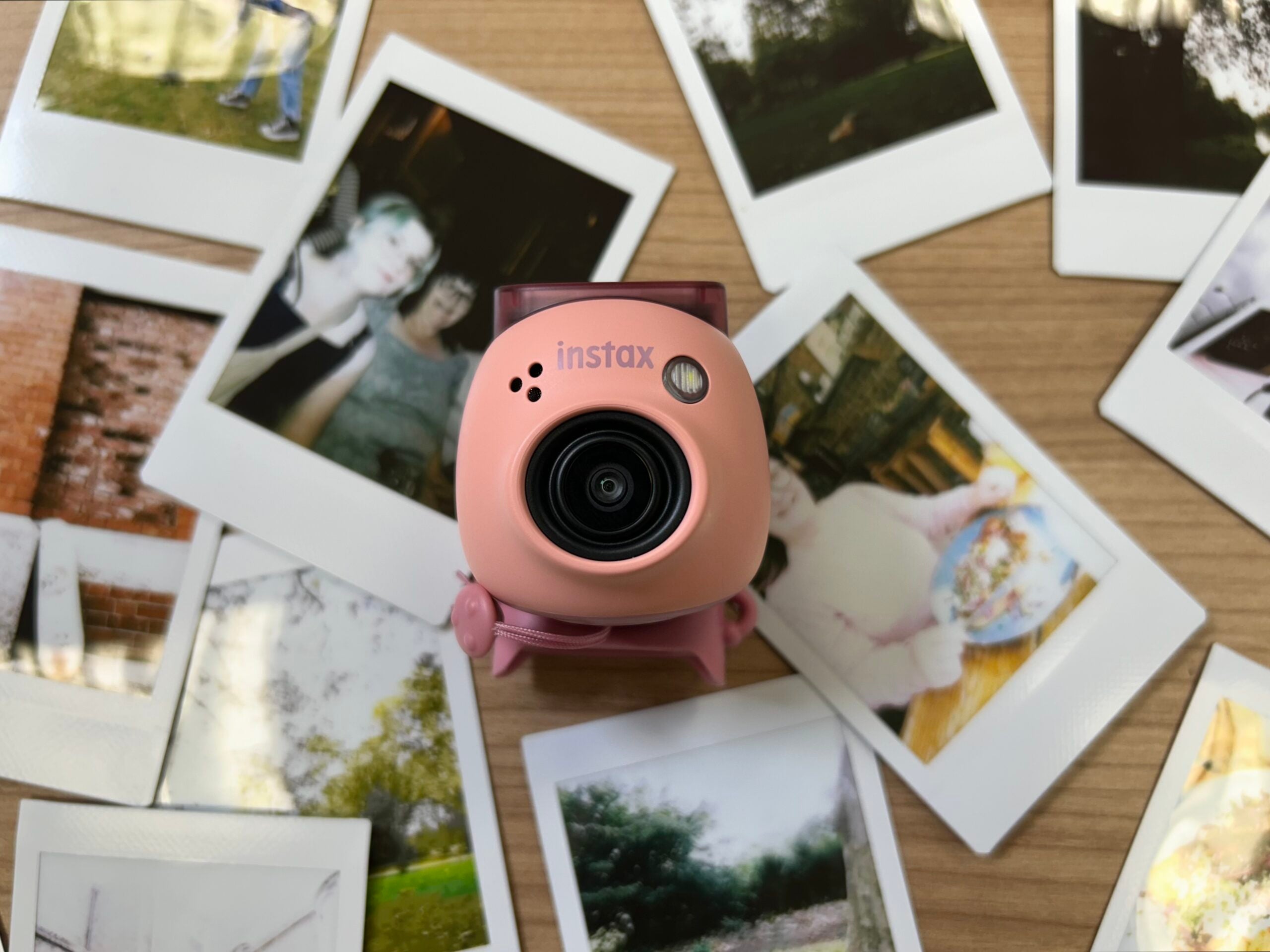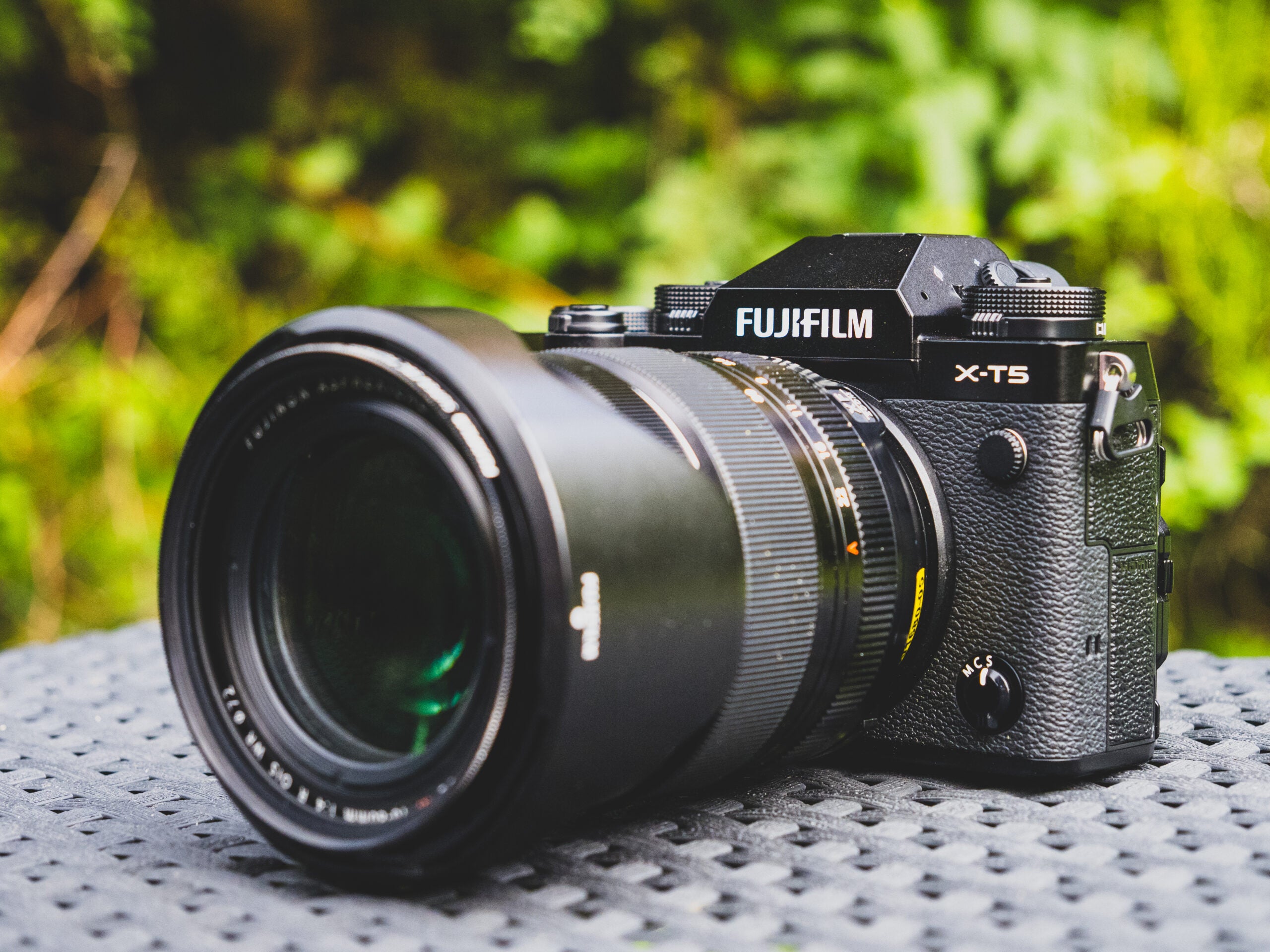First Impressions: Nikon Z7 II
We go hands-on with one of Nikon's latest cameras
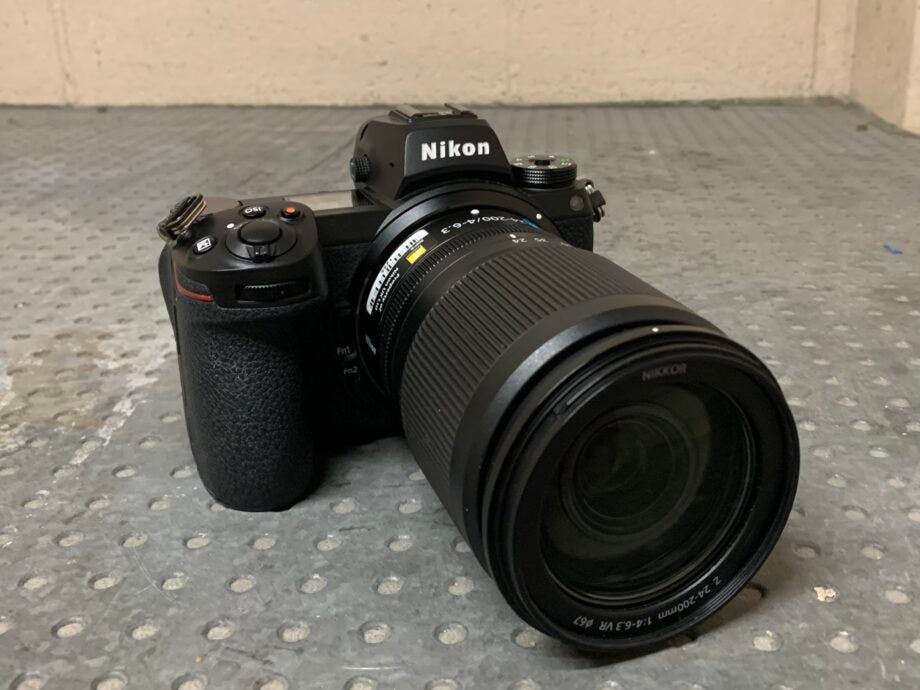
First Impressions
The Nikon Z7 II is a fantastic camera that packs the same number of megapixels as the Nikon Z9 for half the price. Of course, it doesn’t carry all the features found on the flagship Z9, including its speed or 8K video capture. However, the design is much more compact and the affordability of this camera will make it the stronger choice for many photographers in need of a camera that can deliver high-resolution images.
Availability
- UKRRP: £2899
- USARRP: $2999.95
Key Features
- Full-frame sensor45.7-megapixels for high-resolution images
- Hybrid AFWith Eye- and Animal-Detection
- Tilting monitorAlong with EVF and top display
- Video recording4K at up to 60fps
Introduction
Nikon launched the full frame Nikon Z7 II alongside the virtually identical Nikon Z6 II back in 2020.
The Z7 II is the successor to the Nikon Z7 and one of two middle children in Nikon’s mirrorless Z line-up, sitting just below the flagship (and significantly more expensive) Nikon Z9.
The camera shares its looks with the cheaper Z6 II but packs a 45.7-megapixel sensor that positions it a cut above the Z6 II in terms of image resolution.
I had the opportunity to try the Z7 II out myself at the ‘Nikon is the Future’ event this March. Keep reading to learn more about my experience with the camera.
Design and display
- The Nikon Z7 has a compact and lightweight body
- There’s a tilting monitor, EVF and small top display
- There’s also a dual memory card slot, with support for CFexpress cards
Despite packing a large full frame sensor, the Nikon Z7 II has a relatively slim and lightweight body. It isn’t quite as compact as the Nikon Z30, but it’s significantly smaller and easier to carry in one hand than the hefty Z9.
The camera could also easily be mistaken for the Z6 II in a line up.
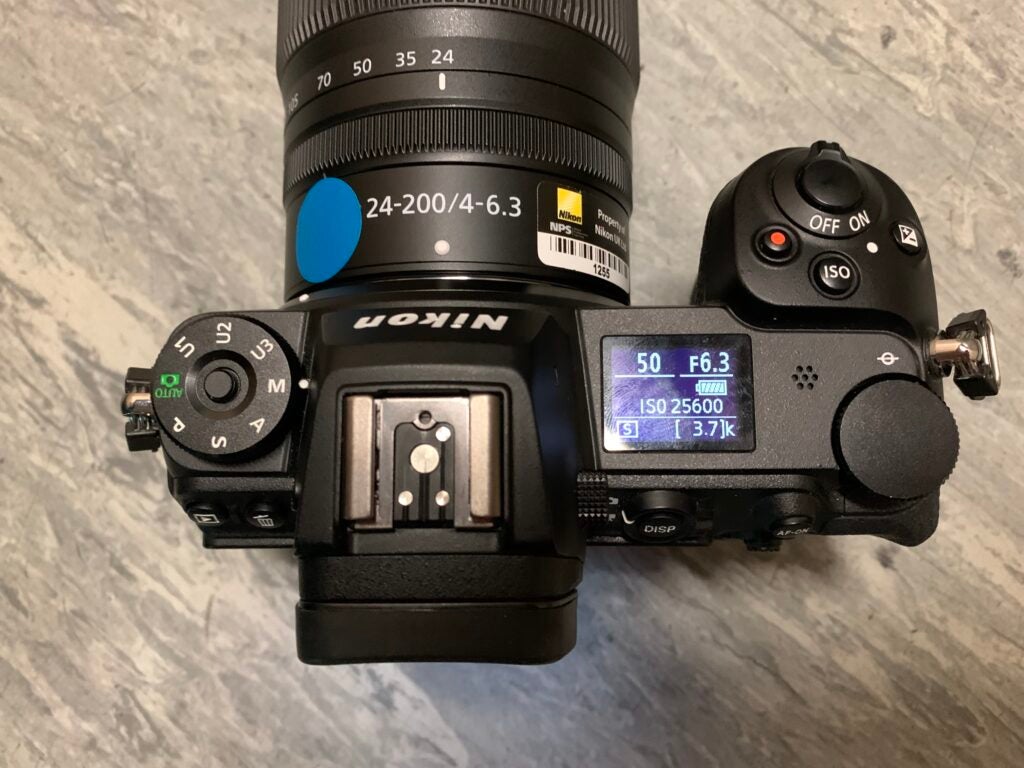
The Z7 II has a tough magnesium-alloy body that is fully sealed against dust, dirt and moisture. And while it doesn’t have two grips like the Z9, it doesn’t really need one with the single grip deep enough to offer good support for most lenses whether you’re shooting in landscape or portrait.
There’s a good mix of physical controls and touch controls on the screen. This includes a dial for moving between shooting modes, a video switch, AF-on, ISO and exposure compensation buttons and a joystick for adjusting the focus areas.
I found the controls to be very easy to navigate after spending some time with the camera and the layout feels less overwhelming than that on the Z9, especially when you first get your hands on the camera.
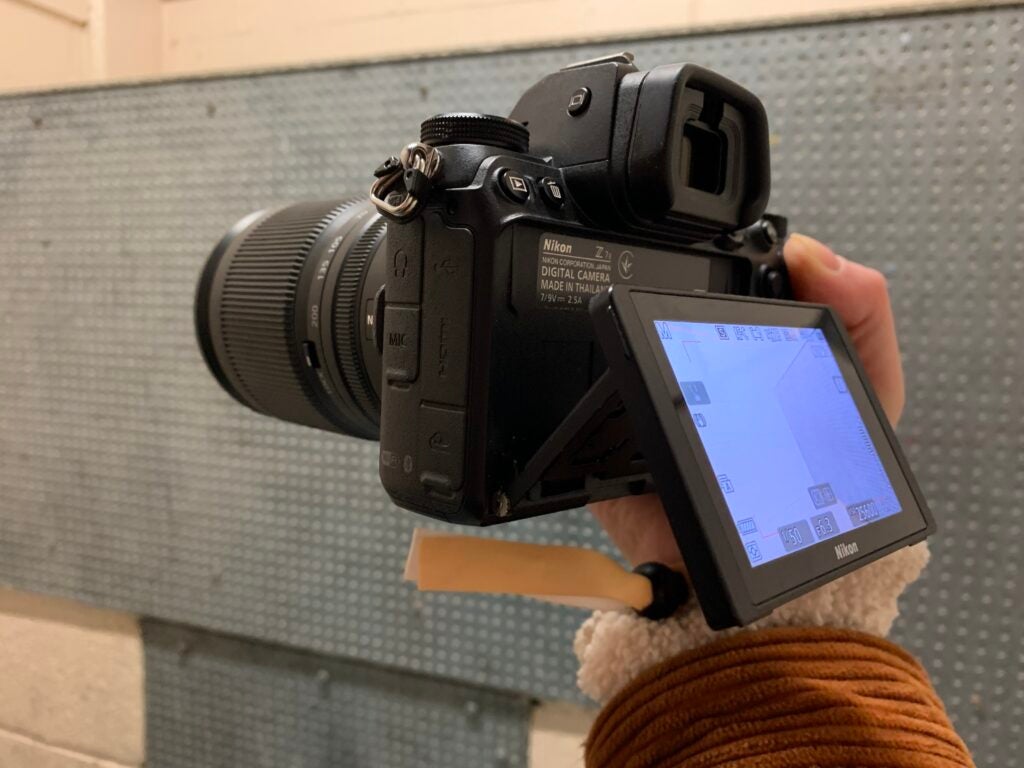
The Z7 II has a 3690K-dot OLED electronic viewfinder, a bright 3.2-inch LCD touchscreen that can tilt up and down but doesn’t flip out to the side, making it less practical for vloggers. There’s also a third, greyscale screen on top of the camera that offers a quick glimpse of your settings.
As far as ports go, there’s a USB-C port for charging capable of providing constant power on long shoots or when creating time lapses. The camera also has an HDMI output and 3.5mm jacks for headphones and microphones.
The camera has a dual card slot – one for SD cards and another for XQD and CFexpress cards.
Image quality and performance
- The Z7 II has a full frame sensor and dual Expeed processors
- It has a hybrid AF system with subject detection
- Images are saturated and packed with detail
The defining feature on the Nikon Z7 II is its high-resolution 45.7-megapixel full frame sensor. This is the same size image sensor found in the flagship Z9. However, the Z9’s sensor is stacked whereas the Z7 II’s is not, meaning it doesn’t take advantage of the same speed.

The Z7 II is powered by two Expeed processors, which Nikon claims offers greater dynamic range and cleaner performance across the 64-25600 ISO range.
The camera includes a hybrid autofocus system with subject tracking and almost twice as many focus points found on the Z6 II. I didn’t get the opportunity to test the Animal-Detection AF during the event, but I did get plenty of time to use the Eye-Detection AF and found it to be quick and accurate even with faster moving subjects.
The camera can shoot at up to 10fps, allowing you to capture up to 200 full-res JPGs or 77 RAW images in a single burst.

I found photos shot with this camera to be sharp, clear and packed with detail. The colours appeared vibrant and the Z7 II did an excellent job of capturing texture and detail in skin, hair and fabrics when shooting portraits.
As far as video goes, there’s support for 4K/60fps recording, though I didn’t get an opportunity to test this out properly at the event, so you’ll have to wait for our full review for our final verdict on video.
Early verdict
The Nikon Z7 II presents the ideal compromise for photographers in need of a full frame, high-resolution sensor without the budget (or space in their kit) for the flagship Z9.
If you’re interested in reaping the benefits of a stacked sensor or capturing video in 8K, you might be better off paying out for the Z9. Likewise, if you want a great full frame camera and don’t necessarily require the full 45.7-megapixels found in the Z7 II, you might be happier opting for the Z6 II and spending the leftover cash on some good full frame lenses you can pair with the camera.
But we’re yet to fully test the Nikon Z7 II, so make sure to return in the coming weeks for our final verdict on the new camera, and whether it’s worthy of a place in our best camera roundup.

